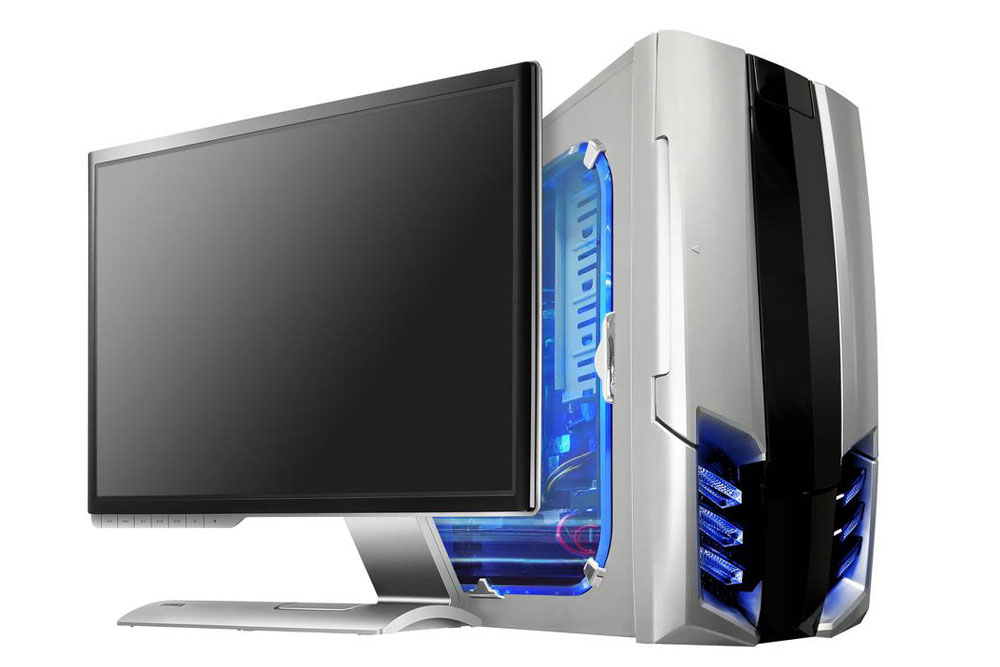A beginner’s guide to building a custom PC
Building a PC can be daunting but fun if you know what to look for. If it’s your first time building your very own PC, you can get started by shopping for the right parts. Also, teaming up a friend who is well versed in making custom builds can help.

Whether you’ve always dreamed of building your own PC or just want to have fun tinkering with parts, we’re here to help you. Although we won’t go into the specific details, we will be scratching the surface enough to get you started. Here’s how you build your PC.
Shop For The Right Parts
The CPU is the brain of the PC while the motherboard is the torso of the tower unit. Do some thorough research in this regard. ATX and microATX motherboards are the industry standard. Your motherboard also comes with PCI slots and will hold the GPU unit. The GPU unit is the graphics card unit and if you’re a gamer, you better pick one with a good memory. Good GPUs offer optimal performance and can handle higher frame rates. Choose a CPU that will best suit your needs. Keep in mind the programs you will run on your PC and the speed required for them.
Your RAM is dependant on the type of motherboard you buy, so make sure that they are compatible. For more than 4GB of ram, you will need a 64-bit operating system.
The next step of the process is assembling the parts you’ve shopped for. This is the part where your tech whiz friend can come in handy. Let him or her help you build your PC. Alternatively, you can watch YouTube videos or read books on assembling the parts once you’ve bought the right ones for yourself.
When shopping for hardware, consider the function of the PC. Are you looking for a high-end gaming build or a basic all purpose PC? Depending on the answer to this question, your hunt for the right hardware specs will be narrowed down and make the building process much easier. If it’s your first time, stick with a low budget and start small. Make mistakes, see where you are going wrong, and learn from them.
Installing The Software And Setting Up The Tower
Now comes the juicy part. Installing the OS. There are various operating systems to choose from but for beginners we recommend Windows. If you’re a developer looking to get his code whetted, go for the Linux distribution packages. They offer extensive customization and let you tweak the code. The best part about Linux is that it’s an open source software. You can alter the code and tune it up to make your very own operating system.
Make sure the software integrates with the hardware and everything installs smoothly. For the hardrive, get a solid state drive with sufficient memory storage since those are most suitable for running an OS, and the apps built into them.
Once you’re done installing the OS, connecting the peripherals and assembling your build, turn on the power button and your PC should boot up. Congratulations, now you’ve built your very own PC!











